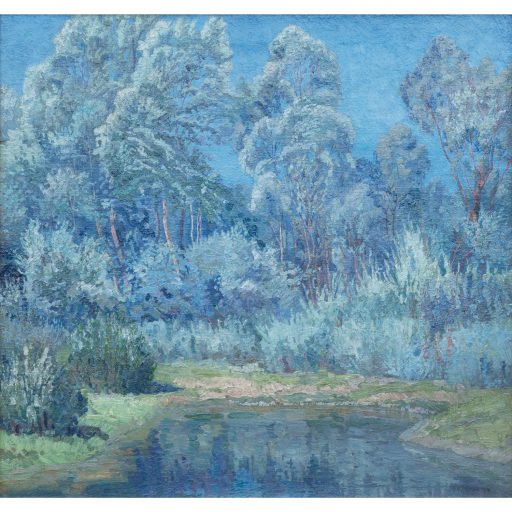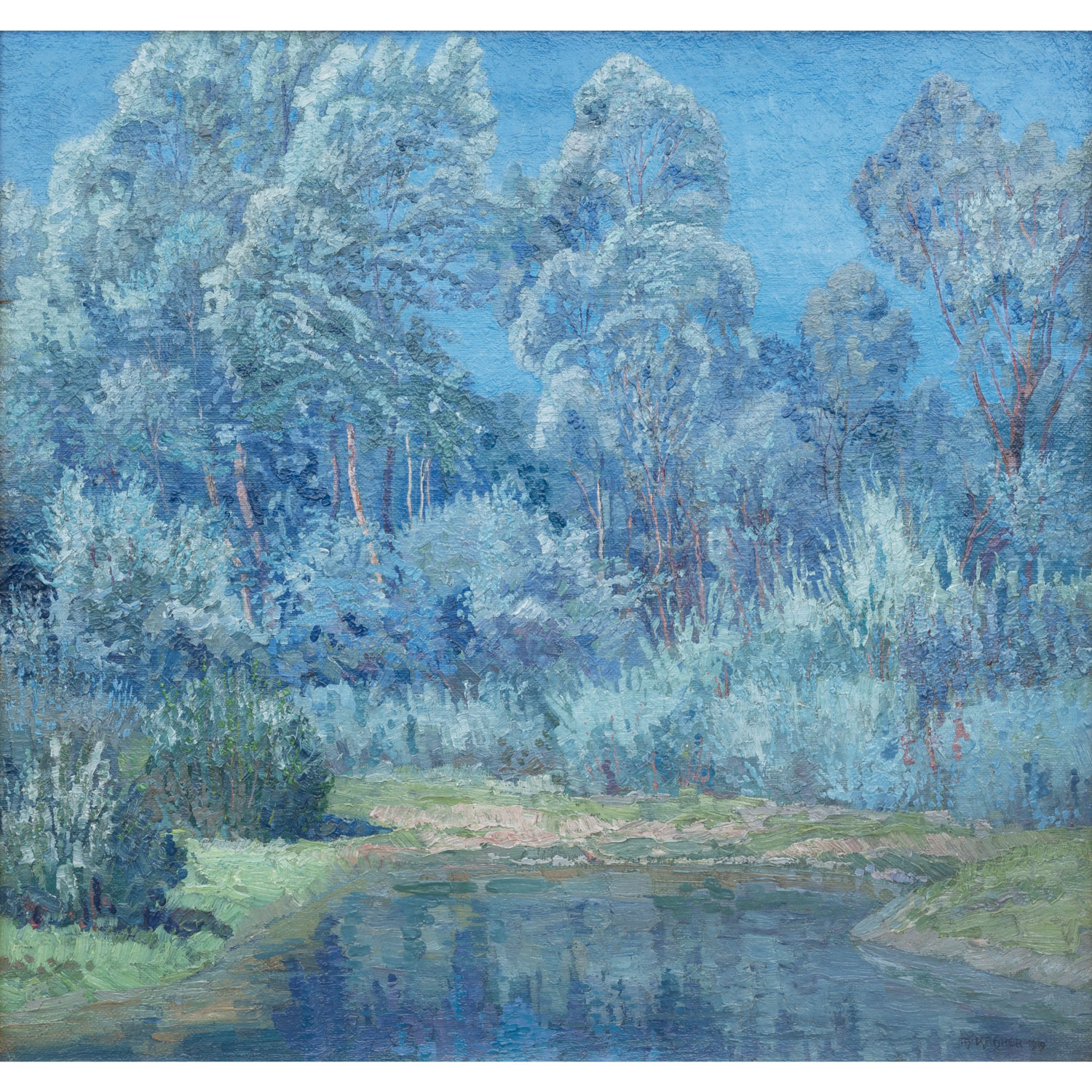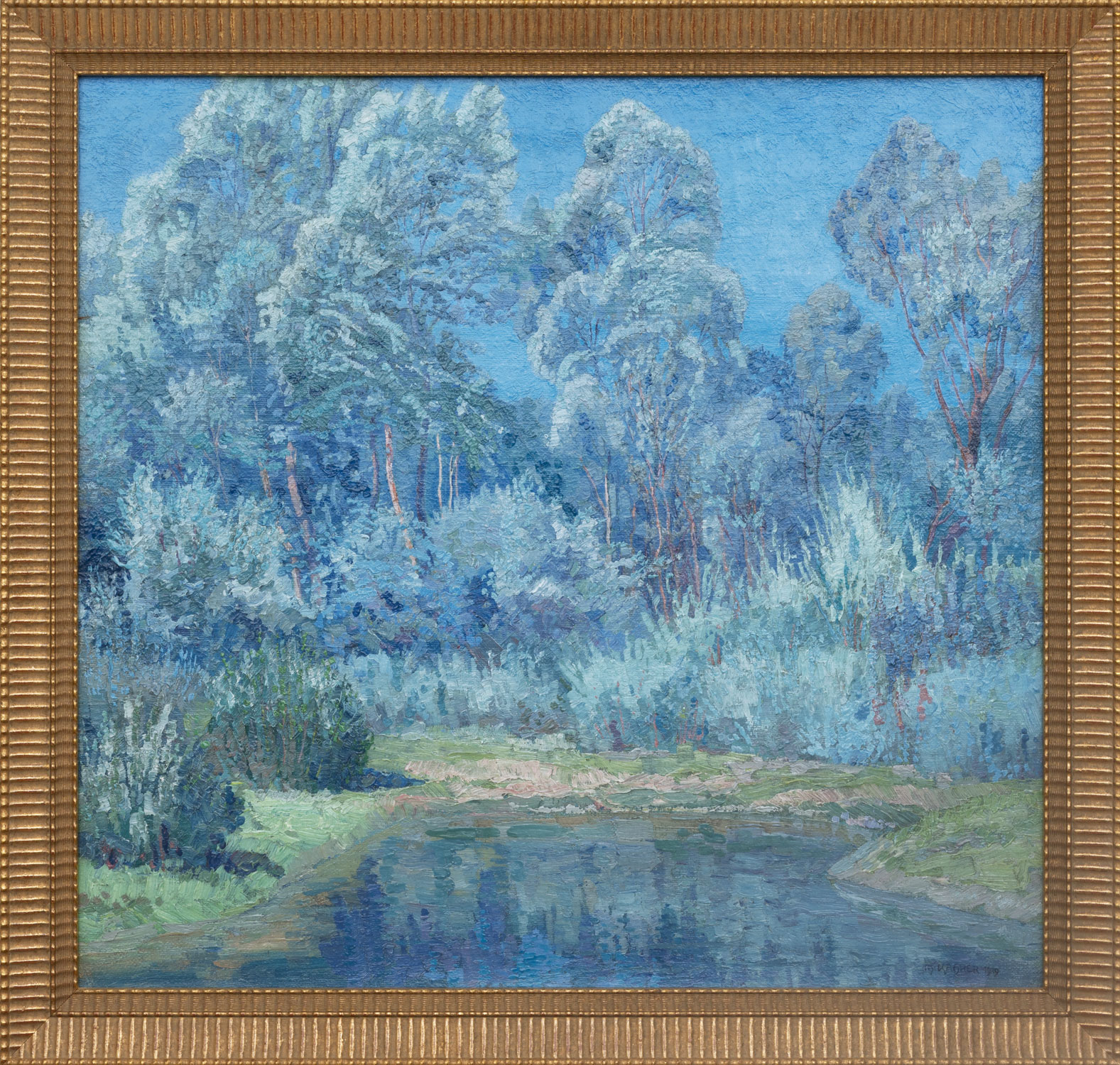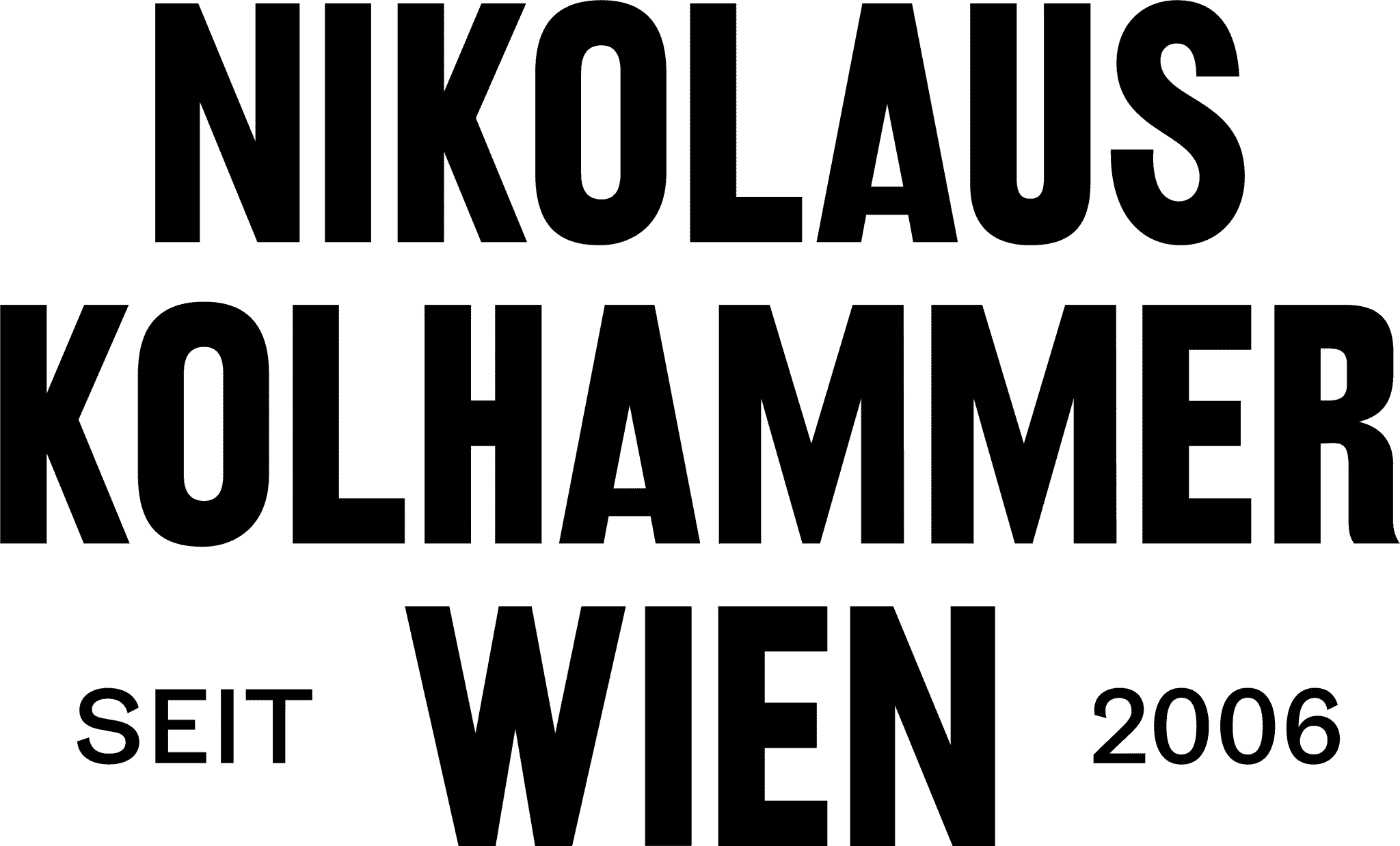Max Kahrer “Silver willows” 1919
Max Kahrer (1878-1937), “Silberweiden” (Silver willows), oil on canvas, 1919, signed
Out of stock
Description
Max Kahrer’s paintings repeatedly feature motifs from the area around Klosterneuburg, where the artist spent practically his entire life. The Danube at Greifenstein, the Danube floodplains near Klosterneuburg and, of course, views of Klosterneuburg itself are repeatedly captured by the artist in his paintings. His works are characterized by a friendly, pastel, and lively color palette, often capturing complex light moods.
In this work, Kahrer’s characteristic harmony of blue and green tones comes into its own. The reflection of the “Silver Willows” in the water emphasizes the composition held entirely in aquatic tones, adding extra luminosity to the otherwise modest landscape motif.
Artist
Maximilian Kahrer (Timisoara 1878 – 1937 Klosterneuburg) studied at the Vienna Academy under Franz Rumpler and Christian Griepenkerl. In 1903, he was already active in the artists' association Hagenbund, where he was a member from 1905 to 1907. In 1908, his first self-organized exhibition took place in Klosterneuburg Abbey. During this time, Kahrer also became acquainted with Egon Schiele, who made several portrait sketches of Kahrer. Kahrer also exhibited at the Secession exhibition in 1908 and in the Wiener Künstlerhaus from 1920 on. Kahrer mainly created landscape paintings from the surroundings of Klosterneuburg. Portraits or still lifes are rarer. His paintings are characterized above all by a friendly, lively color palette. Even with excessive use of cool blue and green tones, his motifs never appear cold or repellent but reflect the beauty of nature. Today, works by Max Kahrer can be found in the Austrian Belvedere Collection and the Wien Museum.
Inquiry
By submitting the inquiry form, you agree to the use of your data for this inquiry. Privacy Policy
